
Potato, Dill, and Broccoli Cakes with Spicy Cashew Sauce
These potato cakes + a big salad = my dream dinner right now. Something totally magical happens when mashed potatoes are...
Read Recipe
These potato cakes + a big salad = my dream dinner right now. Something totally magical happens when mashed potatoes are...
Read Recipe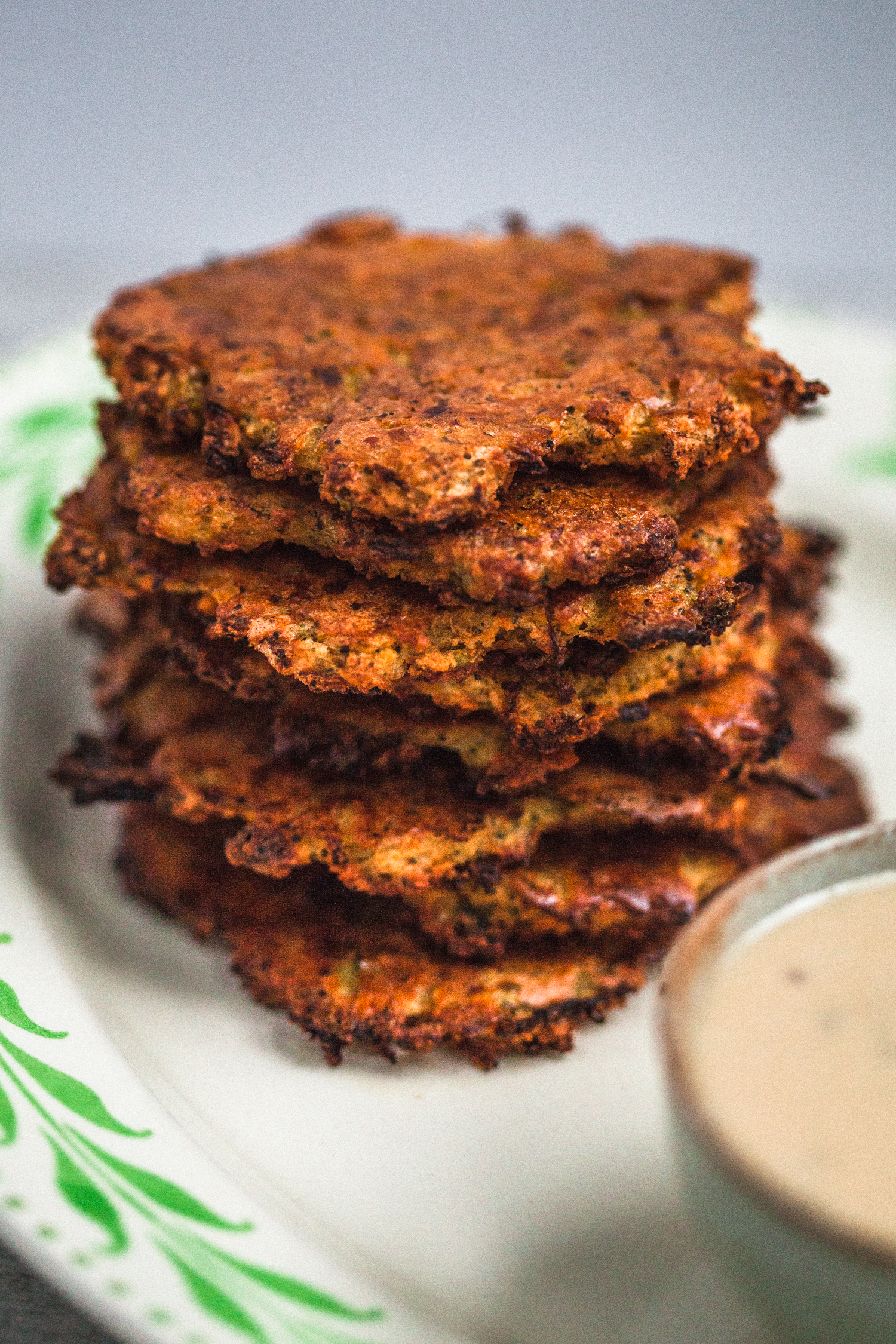
I made this recipe on a whim when cooking dinner about a month ago and shared the process on our IG stories. It seemed t...
Read Recipe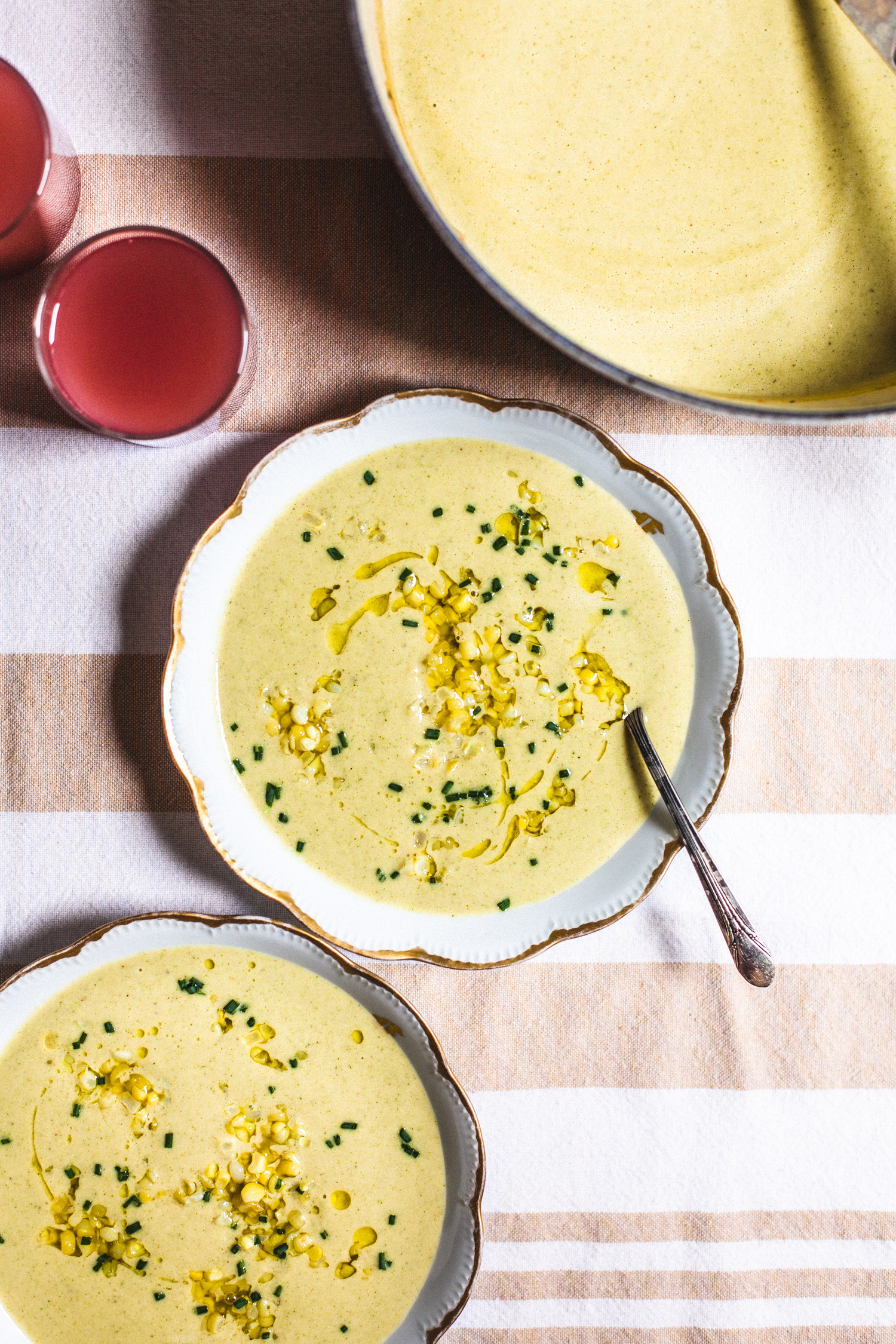
Warm soups have regained their appeal over the last couple of weeks, with the changed, silvery light, cooler mornings an...
Read Recipe
Maybe I’m crazy, but I think that anyone would love broccoli if they tried it this way. Plain roasted broccoli has alw...
Read Recipe
It seems like a lot of people still see broccoli stems as scraps to be thrown away, but the truth is that broccoli is ...
Read Recipe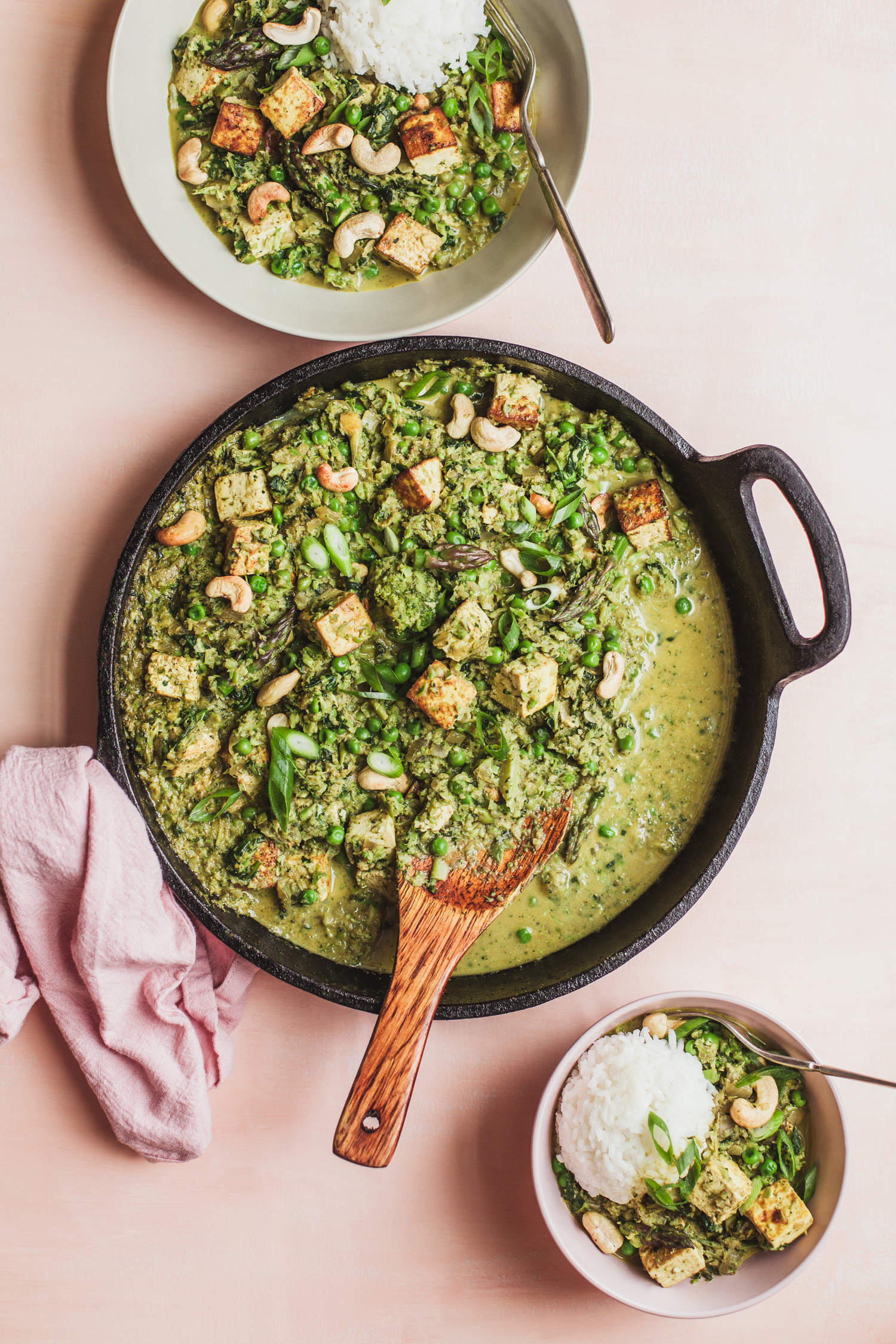
This post was created in partnership with Nuts.com. Saag paneer was always my number one choice when orde...
Read Recipe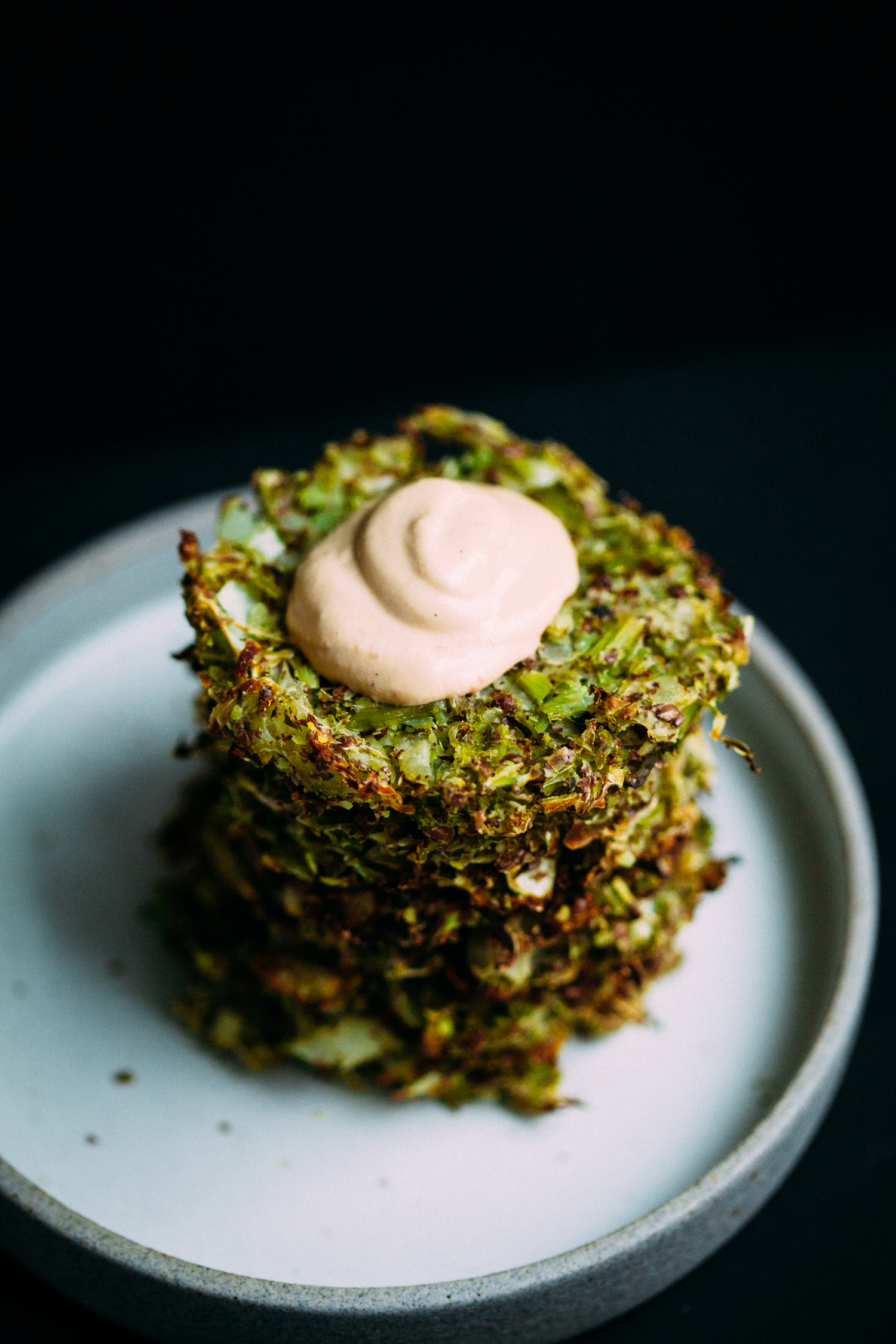
If you haven’t yet read the self-care interview we posted this past Sunday, check it out for some serious inspiration....
Read Recipe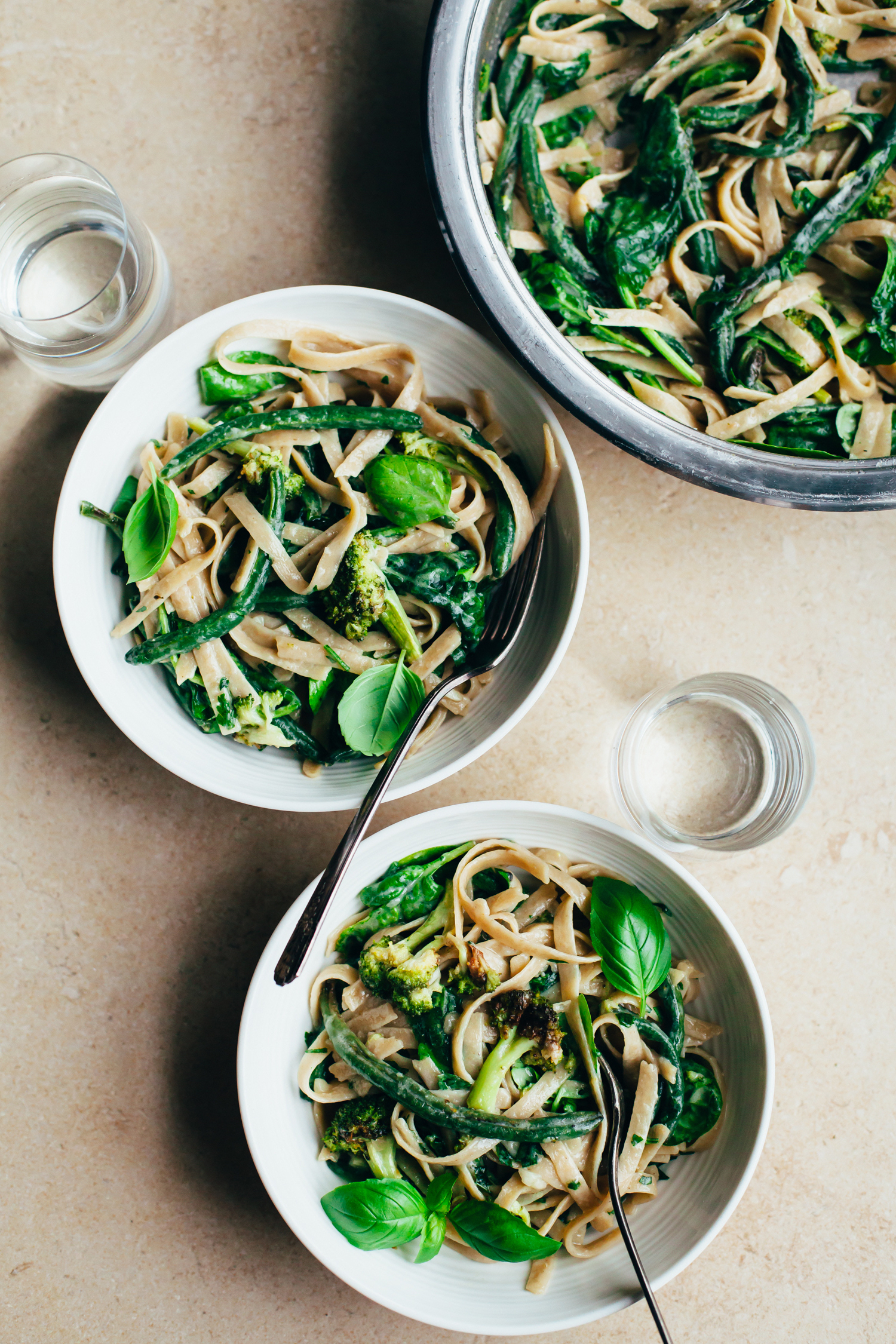
Here’s a true weeknight dinner scenario. I found some leftover raw broccoli and green beans while cleaning out the fri...
Read Recipe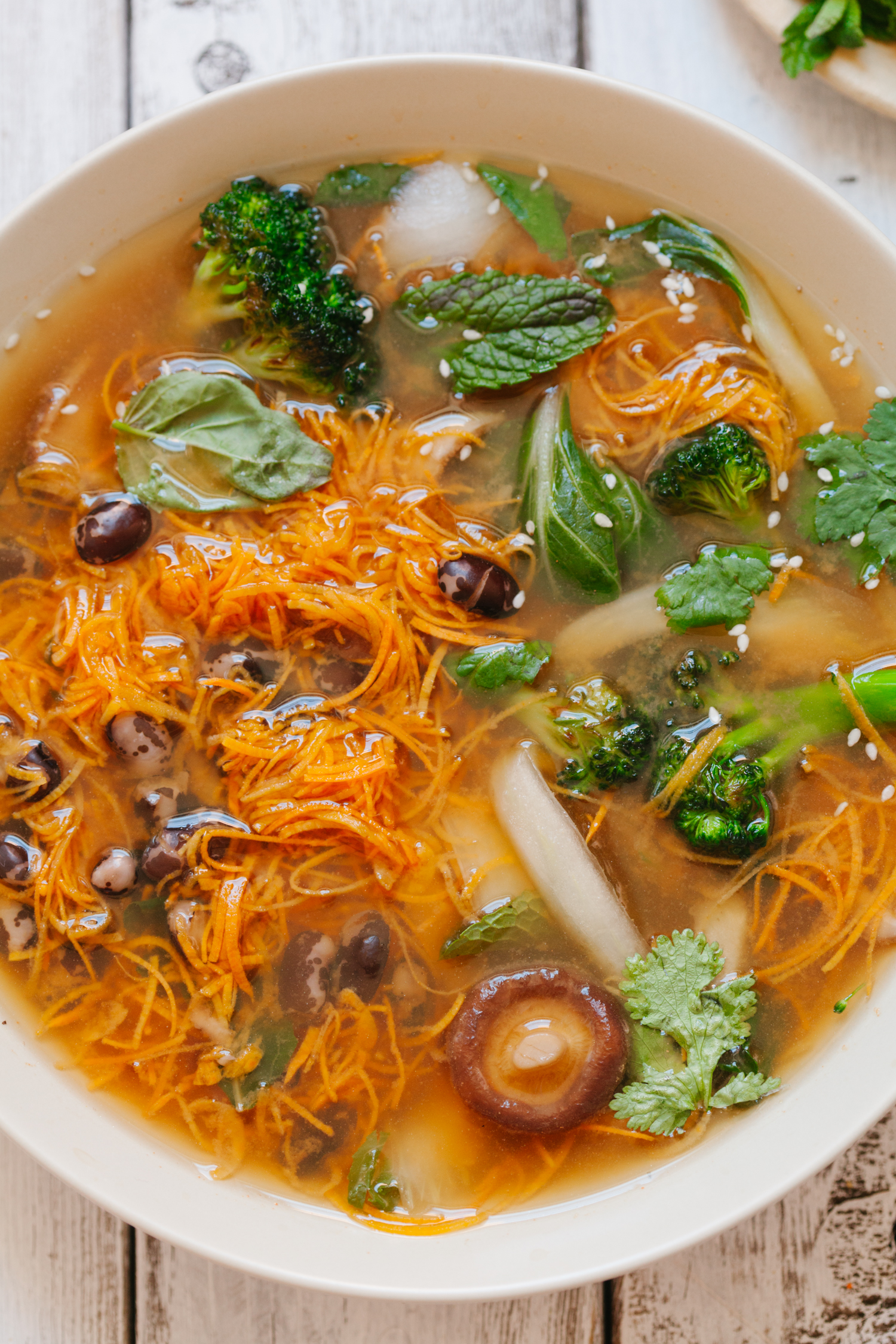
As though writing a cookbook and trying to stay on top of a second grader’s homework and extracurriculars is not enoug...
Read Recipe
Welcome to the new golubkakichen.com! We are so excited for this very overdue transformation and hope you like the site...
Read Recipe
Last week, I received all the fully designed pages of our cookbook for proof reading. What an exciting feeling to see al...
Read Recipe
Say hello to our next guest bloggers, the Alkaline Sisters. Julie and Yvonne write a beautiful blog, where they inspire ...
Read Recipe